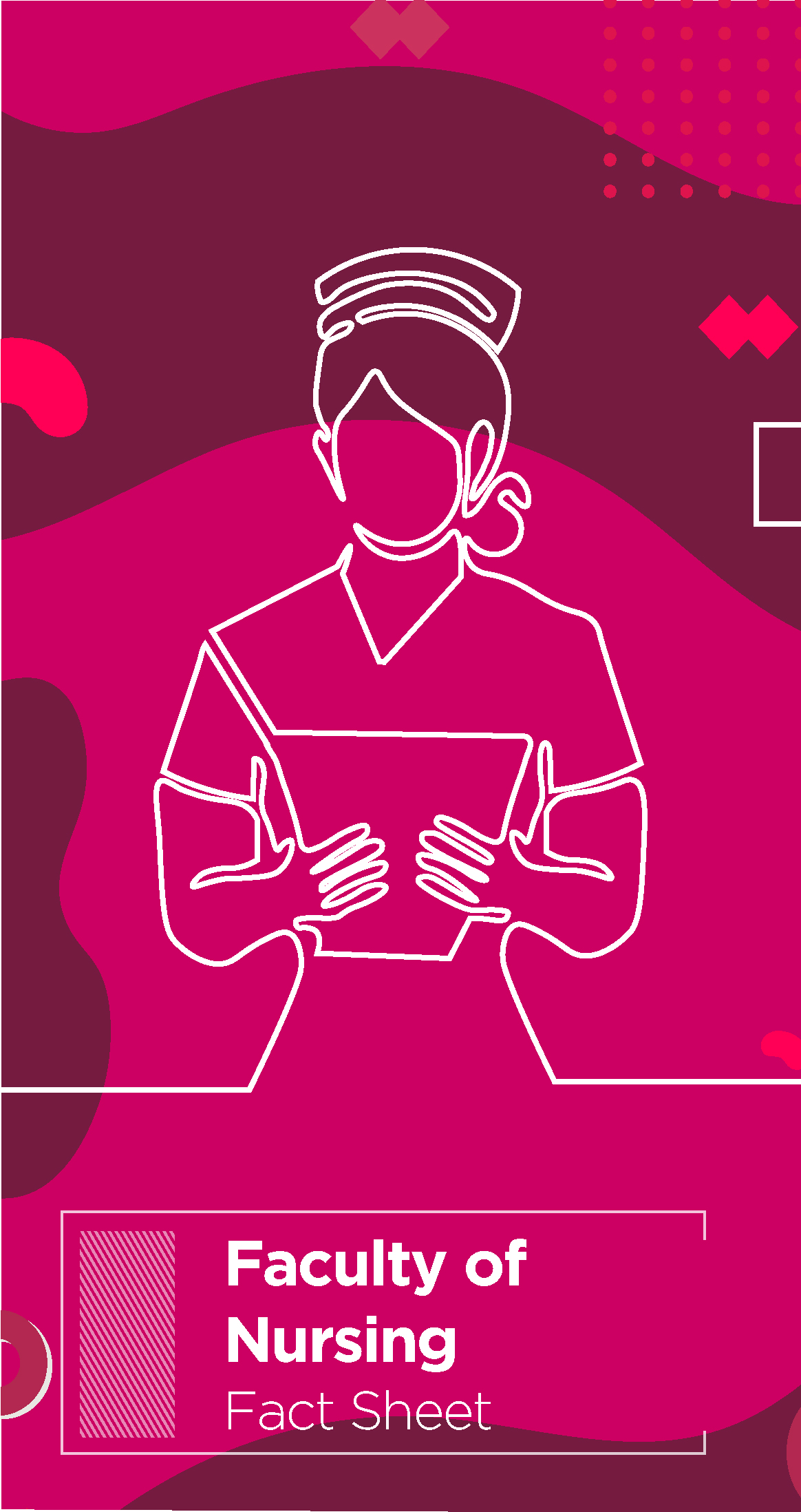Crisis and Catastrophes Unit
About the unit
Crisis and Catastrophes Unit is one of the most important units for educational facilities to provide security and safety for the students. Based on the Faculty Council Decision No. (31) to form the Board of Directors by Resolution No. 1422 dated 20/9/2014, then approving and forming the organizational structure of the unit as one of the outputs of the project to establish the internal quality system. On 10/14/2014, the members decided to meet regularly every month.
The concept of crisis and disaster
The crisis:
A crisis is a defect that materially affects the system of the faculty, as it threatens the main assumptions on which the system is based.
The Disaster:
The disaster is the situation that actually occurred and led to the destruction and massive losses of human and material resources, the causes of which are either natural or human. The disaster requires taking extraordinary measures to return to stability state. The disaster may lead to what is called a crisis. And vice versa, crises may lead to disasters if appropriate decisions and measures are not taken to confront them.
Our Mission
To offer an effective internal system to provide security and safety for employees as well as students
Our Vision
The Faculty of Nursing - Assiut University is looking forward to establish an effective and distinct crisis and disaster unit at the university level that provides security and safety in all buildings.
Our objectives:
- Provide security and safety for students and college staff.
- Secure the college buildings against fires, crises, and disasters.
- Achieve safety and security standards in the college.
- Spread awareness among faculty members, workers, and students, and train them on the best behavior towards dealing with crises and disasters.
Steps to manage crisis or disaster:
- Immediately notify the university's crisis management unit.
- Notify the county operations room.
- Raising the degree of readiness for the competent authorities, such as: Police Emergency 122, Ambulance 123 and Civil Defense 180.
- Calling the competent crisis management team according to the type of event.
- Securing the Hadath area in coordination with the Traffic Department - Security and Combating Terrorism Units - Civil Defense and Fire - Engineering Departments ... etc.
- Collecting, analyzing, and circulating primary information with specialists.
- Inform the media in case it is necessary to be present to avoid the spread of rumors.
- Not to underestimate or intimidate the event.
- Some members of the crisis management team moved to the Hadath area to follow up and take some decisions in coordination with the Crisis Management Unit.
- The transfer of units (ambulance - rescue teams - vehicles and mechanical transport vehicles - industrial security - electricity - water - sanitation --...) to intervene in the treatment of juveniles, each according to his own jurisdiction.
- Collecting information and reporting it to the university's Crisis Management Center for analysis and assessment of the situation to take appropriate decisions and report them to the implementing agencies while reporting to the higher level (Cabinet).
- Remove traces of the event and restore the situation to what it was.
- Draw up lessons learned and amend previously developed scenarios
Competencies of the Unit Director:
- Follow up the implementation of the general policy set to achieve the unit's goals.
- Follow up the implementation of the decisions of the Board of Directors.
- Forming the administrative and organizational structure of the unit and the executive committees of the unit’s activities and defining the job tasks of all members
Criteria for selecting a unit manager:
- To be a member of the faculty.
- To have an experience in management.
- To be full-time employee.
The role and tasks of the unit
- The role and tasks of the College's Crisis and Disaster Management Unit according to the national system of crisis management can be divided into three phases, according to the stages of disaster management, as follows:
First: The first stage:
Pre-crisis / emergency event / disaster in which:
- Planning (forecasting / forecasting) of potential crises and disasters in the near / medium / long term.
- Preparing plans and drawing scenarios to prevent crises and face disasters.
- Take preventive measures to prevent / relieve crisis or disaster
- Willingness to handle events such as personnel training and equipment maintenance.
- Spread cultural awareness of disaster and crisis management, and hold training workshops to raise the level of efficiency of college staff in this field.
- Development of monitoring and early warning mechanisms in the field of crisis and disaster management whenever possible.
- Equipping a crisis and disaster management operations room with appropriate communication devices.
Second: The stage of confrontation, response and containment:
- Implementing plans and scenarios that were previously prepared and trained on them.
- Executing all kinds of confrontation and relief work according to the type of crisis or disaster.
- Carry out urgent emergency services work.
- Carry out evacuations when necessary.
- Follow-up of the event and find out the developments of the situation continuously, evaluate it, and determine the procedures required to deal with it through the operations room.
Third: The stage of rebalancing (post-crisis)
- Counting losses in individuals and establishments.
- Rehabilitation and reconstruction (the stage of resumption of activity) and protection from potential future dangers.
- Evaluating the measures taken to deal with the disaster during the response, response and containment phase, and draw up lessons learned.
- Documenting the event and providing the necessary recommendations and proposals, directing them to the concerned authorities to take advantage of them in order to avoid future negatives (if any), and developing and updating plans in accordance with developments for better management.



